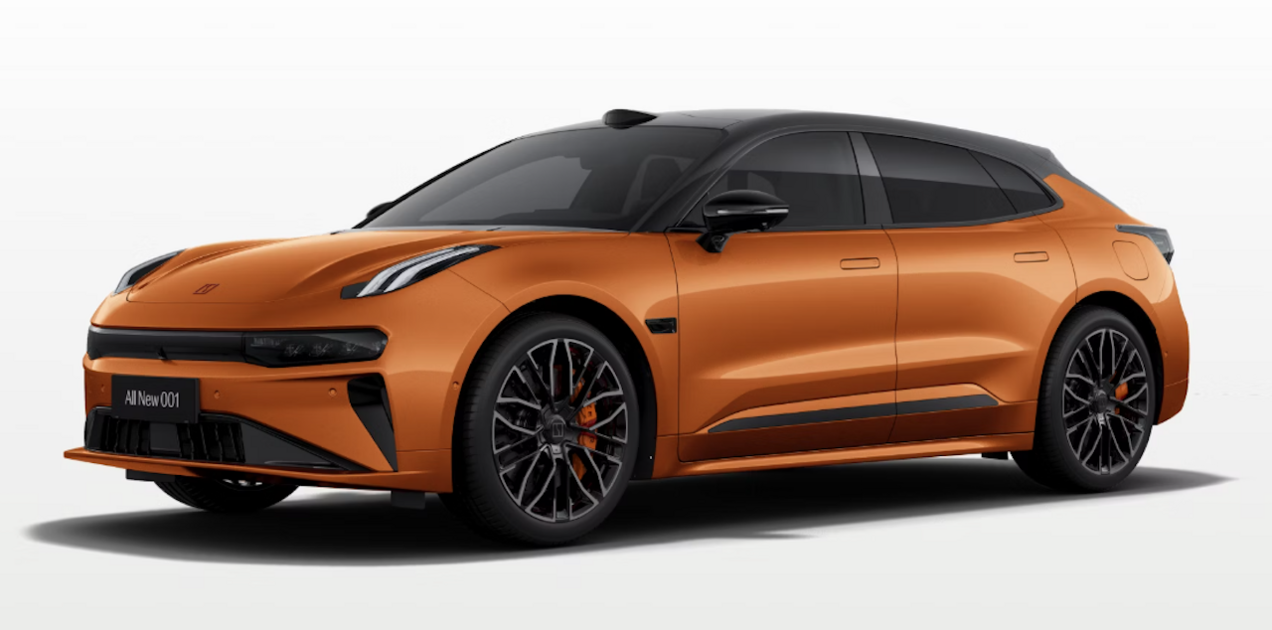Why New Zealand's EV Market Feels Boring
Sandy Beech
01 May 2025, 8:10 PM
 High prices, limited choices, and policy changes are holding back electric vehicle sales. Photo: Zeekr 001
High prices, limited choices, and policy changes are holding back electric vehicle sales. Photo: Zeekr 001Electric vehicles (EVs) are slowly making their way onto New Zealand’s roads, but the country’s EV market is far from thrilling.
Despite growing environmental awareness, the shift to electric is slowing in 2025, as high prices, limited model variety, and recent policy changes dampen consumer enthusiasm.
As of early 2025, electric vehicles, including both Battery Electric Vehicles (BEVs) and Plug-in Hybrid Electric Vehicles (PHEVs), make up just 7.3% of new vehicle sales.
This is a dramatic drop from nearly 25% in 2023.
BEVs alone account for only 5.5% of new registrations, reflecting the market’s stagnation.
The reasons? High upfront costs, a lack of exciting models, and shifting government policies.
One major reason for the lack of excitement in the local market is the limited selection of EVs.
For instance, the Toyota BZ4X has been described as “boring,” with critics saying it feels like a first-generation EV—missing the advanced features that modern drivers expect.
New Zealand buyers are drawn to cost-effective options, with entry-level EVs starting around $50,000 and the median price of a new EV sitting at about $80,000.
New Zealand's EV infrastructure is also lagging behind, with far fewer public charging stations than petrol stations.
EV Charging stations on the Hibiscus Coast
This underdeveloped infrastructure further encourages buyers to stick with practical, range-focused models.
As a result, the sleek, cutting-edge EVs seen in other parts of the world are not yet available here.
This stands in stark contrast to what was showcased at the 2025 Shanghai Auto Show.
Chinese manufacturers unveiled some of the most stylish, tech-loaded EVs on the market, many of which are surprisingly affordable.
During a recent visit to China, it was clear that EVs from local Chinese brands are dominating the streets.
Meanwhile, the likes of Kia and Nissan are barely visible.
This begs the question—why isn’t New Zealand offering similar options?
Compounding the issue, recent government policy changes, such as the removal of EV subsidies and the introduction of road user charges, have made electric vehicles more expensive.
These shifts are driving many buyers to hybrid or petrol-powered vehicles, especially in the premium or performance segments.
The contrast with Australia’s more mature EV market also puts New Zealand’s situation into perspective.
As of March 2025, Australia's EV market share is 14.5%, almost double New Zealand’s.
Australia’s influence means that many models available there eventually make their way to New Zealand, but often with higher price tags due to stricter regulations and increasing competition.
Though New Zealand’s EV market is still in its early stages, there’s hope that as the infrastructure improves and policies evolve, a wider range of vehicles will become available, keeping the country in step with global trends.
As for this Coastie?
I’d love to own an EV, but I’m holding out to see if better-looking, and maybe even better-value options—like the Zeekr 001, Xiaomi SU7, or the plug-in hybrid Li Auto L7—finally make their way to New Zealand, and the Hibiscus Coast.
Know something local worth sharing?
Send it to [email protected] — we’ll help spread the word.




